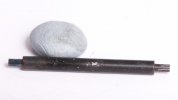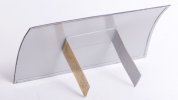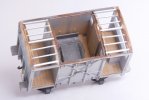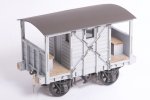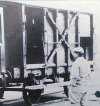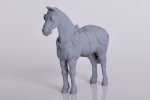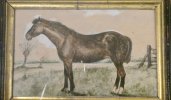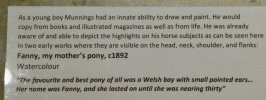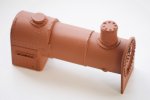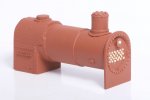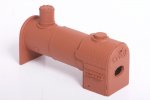Richard Gawler
Western Thunderer
The lathe is a Cowells ME-90, I guess 30+ years old though I don't think they've changed the design much since then.Hi Richard
What type of lathe do you have?
I just noticed dose the 3 jaw chuck on the lathe work like a drill chuck with a key?
David.
The chuck has a spiral inside and it works like a drill chuck. You put the chuck key into any of the three holes and all three jaws move together. Because of the spiral and the manufacturing tolerances, the three jaws tighten onto the work in a slightly different place every time. So if you are turning something, you really need to finish the job before you take it out of the chuck, because it will probably go back in ever so slightly eccentric the next time. Unlike the four-jaw chuck where you set up the jaws one at a time. I think the repeatability and precision of the Cowells chuck is much better than on the Boxford lathes I used at school in the 1970s, but memory plays tricks and maybe I am remembering things how I want to remember them.


